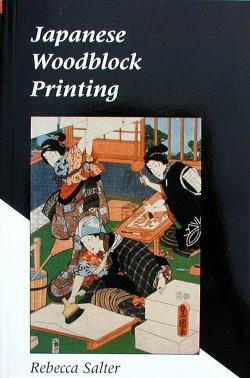
The usage of spherical “cylinder seals” for rolling an impression into clay tablets dates back to before 3,000 BCE in early Mesopotamian civilization, and they are the most numerous works of art to remain, with complex and beautiful images. Tang Dynasty writers commonly used Jiaxie as a theme for their poems because of its beautiful colours. To distinguish themselves, authorities and troops wore Jiaxie as a symbol on their service uniforms. Jiaxie was utilized to make a variety of multi-coloured silk items throughout the Tang (618-907) and Song Dynasties (960-1279). The cloth is rinsed after it has been dyed and removed from the woodblock clamps. As a result, the fabric has the same pattern coloured on both sides. Two symmetrical carved concave blocks are traditionally used to clamp the folded cloth and dip it into a dye vat using a huge lever. Jiaxie (clamp-resist dyeing or Jiaran), one of the oldest Chinese dyeing techniques, dates back to the Eastern Han Dynasty (25-220). Printing presses were afterwards used (from about 1480). In Europe, simple weighted presses may have been employed, although there is no solid evidence. Presses do not appear to have been utilized in Asia until recently. Printing in a press in Wood Block Printing: Thin paper fixed to a stone carving showing how a rubbing is made. He captured these by laying sheets of paper on the floor and then rubbing over them with a soft pencil. The patterns of the graining suggested strange images to him.


Ernst was inspired by an ancient wooden floor where the grain of the planks had been accentuated by many years of scrubbing. While superficially similar to brass rubbing and other forms of rubbing intended to reproduce an existing subject, and in fact sometimes being used as an alternative term for it, frottage implies using this rubbing technique to create an original image.įrottage was developed by surrealist artist Max Ernst in 1925. The drawing can be left as it is or used as the basis for further refinement. In frottage, the artist places a piece of paper over an uneven surface, then marks the paper with a drawing tool (such as a pastel or pencil), thus creating a rubbing. Or a crayon or soft pencil is rubbed carefully over the surface to pick up the image as in the example shown here. A “hard pad, a flat piece of wood, a burnisher, or a leather frotton” is used to rub the back thereby transferring the image. In frottage, the paper, fabric or thin paper is laid on top of the block. Later in the fifteenth century, it was frequently used for European woodcuts and block books, as well as textiles. Rubbing in Wood Block Printing:įar Eastern printing on paper appears to be the most common at all times. Woodblock to be inked and pressed onto fabric repeatedly to create a pattern. Many fabrics and early European woodcuts use it (1400-40) The paper or cloth was placed on a table or other flat surface with the block on top, and the back of the block was pressed or hammered. By keying the paper to a frame surrounding the woodblocks, multiple colours can be accurately registered and printed. Multiple blocks, each for one colour, are used in colour printing, while overprinting two colours may result in additional colours on the print.

Though the name xylography is rarely used in English, the skill of carving the woodcut is officially known as xylography. When printing text, the content would naturally print “in reverse” or mirror-image, adding to the intricacy. To get a good print, all you have to do is ink the block and bring it into a firm, even contact with the paper or fabric. The wood grain was followed when cutting the block. The woodblock is prepared as a relief matrix, which means that the portions that will be shown in ‘white’ are cut away with a knife or chisel, leaving the characters or picture that will be shown in ‘black’ at the original surface level. The term ‘woodcut’ covers the majority of European usage of the technique on paper. The most well-known type of Japanese woodblock art print technique is called moku hanga which employs watercolour pigments rather than oil-based inks.

The earliest surviving instances of this type of printing on fabric are from China, dating from before CE 220, and from Egypt, dating from the 4th century. With a wood plank that has been carved in such a way to allow inking and subsequent printing, it continues to be widely used throughout East Asia. Woodblock printing is a technique for printing text, images, or patterns that originated in China in antiquity as a way of printing on textiles and then paper.


 0 kommentar(er)
0 kommentar(er)
